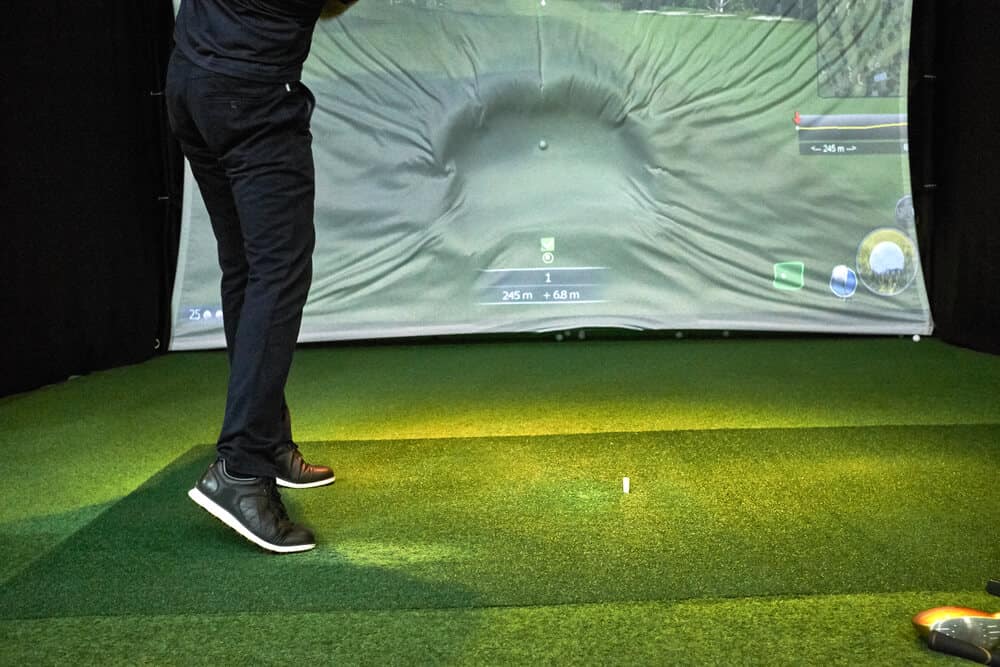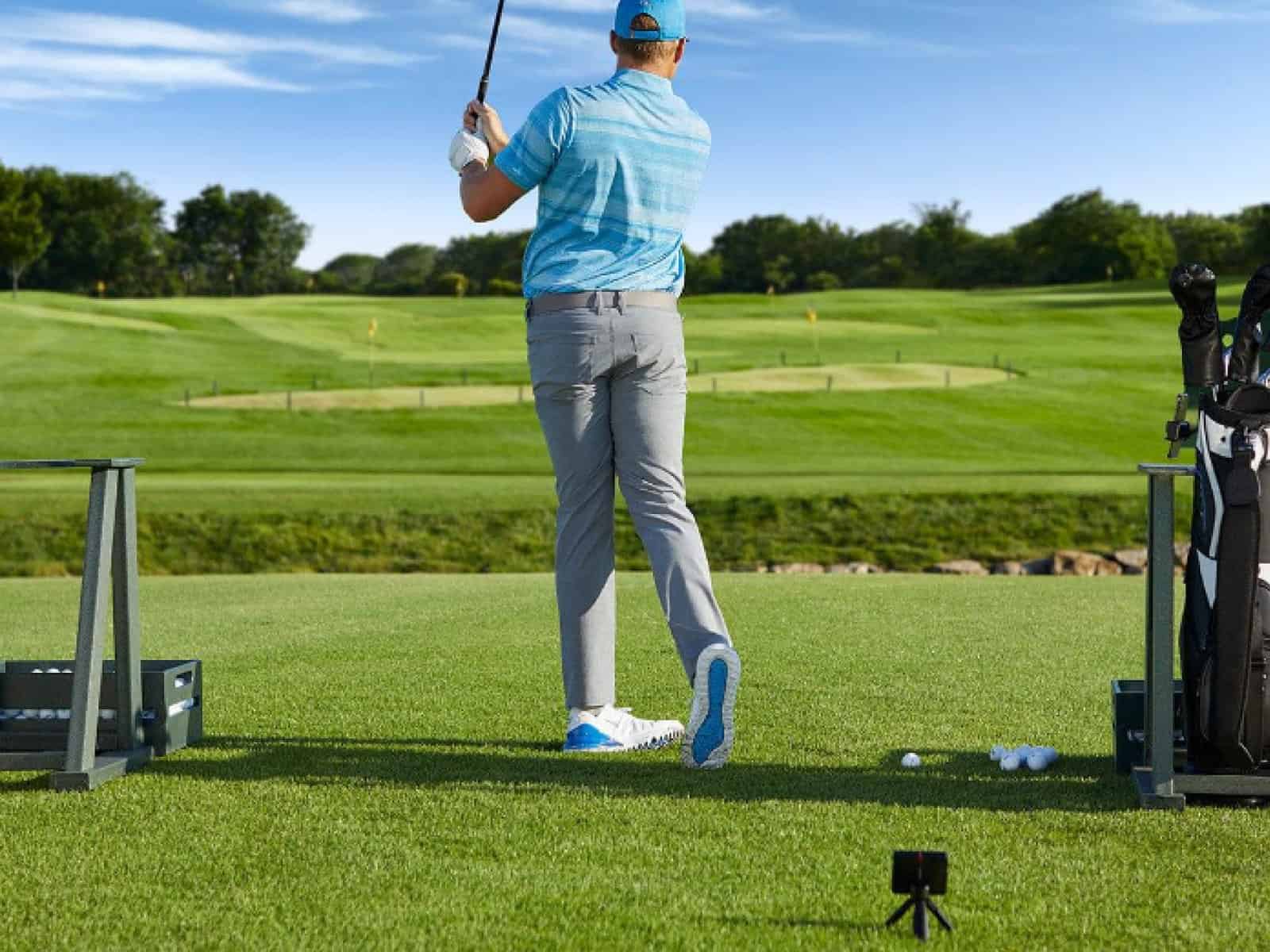Golf launch monitors are becoming increasingly popular among golfers of all levels, from beginners to professionals. These devices provide a wealth of information about a golfer’s swing and ball flight, which can be used to improve performance and optimize club selection.
However, many golfers are still unsure about what a launch monitor is and how it works. They still can’t see how a launch monitor can take their game to a whole new level.
In this article, we will explore in more detail what a golf launch monitor is and how it works so that you can better understand how this technology can help you improve your game. So keep reading to learn more.
What Is A Launch Monitor?
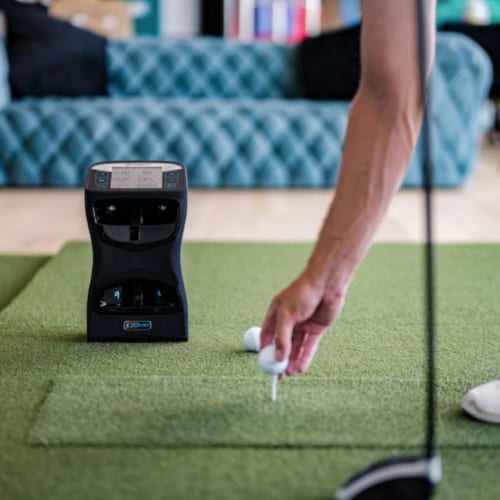
Golf launch monitors are electronic devices that measure and analyze various aspects of a golfer’s swing. They provide data on factors such as clubhead speed, ball speed, launch angle, spin rate, swing path, and impact point. This information is used by golfers to improve their technique and by club fitters to optimize club selection.
Launch monitors use one or more tracking technologies like radar and photometric (camera) technology to track the ball’s flight from the moment it leaves the clubface until it lands. The device also provides data related to the club head and then uses this data to calculate the different variables contributing to the ball’s flight.
With this information, golfers can make adjustments to their swing or equipment to improve their game.
Club fitters can also use this data to help players find clubs that best match their swing characteristics. Coaches also rely on these fascinating pieces of technology to asses their student’s advancement and suggest any necessary modifications to achieve the best results possible.
Ball And Club Data
Launch monitors from different brands provide different numbers of club and ball data with varying accuracy levels; some units even provide data related to putting and chipping.
Let’s use Flightscope’s X3 launch monitor as an example, as it provides a whopping 50+ data points related to your club and ball (among other things). The X3 is capable of tracking the following metrics:
Club & Ball data
- Ball Speed
- Club Head Speed
- Smash Factor
- Carry Distance
- Spin Loft
- Launch Direction
- Spin Axis
- Roll Distance
- Total Distance
- Lateral Landing
- Launch Angle
- Spin Rate
- Apex Height
- Flight Time
- Club Speed Profile
- Club Acceleration Profile
- Angle of Attack
- Face to Target
- Club Path
- Vertical Swing Plane
- Horizontal Swing Plane
- Low Point
- Vertical Descent Angle
- Curve
- Shot Dispersion
- Shot Type
- Skills Distance to Pin
- Skills Score
- Face to Path
Chipping & Putting metrics
- Total Distance
- Distance to Pin
- Lateral Position
- Club Head Speed
- Club Path
- Club Face Angle
- Launch Speed
- Launch Direction
- Smash Factor
- In Miss Range
- Skid Distance
- Roll Distance
Please note that we decided to use the X3 as an example here because it provides the highest number of metrics among all advanced units. Whatever metrics your favorite launch monitor can provide, they are most likely within the list above!
How Do Golf Launch Monitors Work?
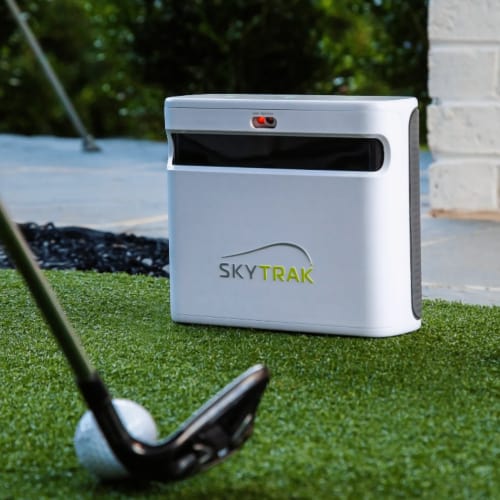
These devices use radar or camera technology (sometimes both, or paired with infrared sensors) to track a player’s swing dynamics and provide valuable insights into their performance. However, for golfers specifically struggling with slices and hooks, the question arises: Do golf simulators accurately capture slices and hooks? This is where specialized golf simulator technology comes into play, offering in-depth analysis of your swing mechanics and ball flight to help you diagnose and overcome these common challenges.
Before usage, the monitor needs to be placed appropriately– to the side of the tee point if it is a camera-based system, and 6 to 8 feet behind the player for a radar-based unit.
After that, the monitor needs to be calibrated to provide the most accurate data possible; most units come with a calibration stick to help with that.
Once the swing is carried out, the launch monitor starts tracking data. Photometric units usually track the moment of impact between the ball and the club and record videos of the shots. On the other hand, a radar unit usually tracks the ball along the entire flight (from tee to landing), and that’s why they perform better outdoors because of the unlimited ball flight time.
After that, advanced algorithms process the combined data to calculate crucial metrics such as clubhead speed, ball speed, launch angle, spin rate, carry distance, and total distance. These calculations involve complex mathematical models and statistical analysis.
The following step is for the monitor to provide instant feedback. This feedback can be displayed on a screen or through dedicated software on a computer or mobile device. Golfers can analyze their swing characteristics, identify areas for improvement, and make informed decisions about their equipment choices.
It’s important to note that most advanced launch monitors, like Trackman, Flightscope X3, Foresight Sports GCQuad, etc. combine more than one tracking technology to achieve unparalleled degrees of accuracy.
Doppler Radar Technology
The accuracy of radar sensors used in sports is nothing short of remarkable. It has revolutionized the way athletes train and compete.
The use of Doppler radar technology in golf launch monitors is one such example. The technology tracks ball speed, launch angle, and spin rate to provide golfers with a comprehensive understanding of their game.
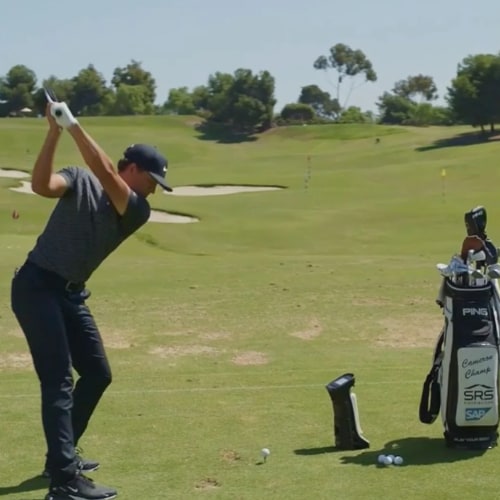
To put it simply, the Doppler effect is used to measure how frequency changes as an object moves closer or farther away from the sensor. In golf, this means that as the ball moves towards or away from the sensor, the radar can calculate its speed and direction accurately.
The most popular radar-based launch monitor today is Trackman, which is used and trusted by many professional golfers worldwide. Another big name is Flightscope, which has been using Doppler radar technology in the defense industry since its introduction in 1989; today, Flightscope provides some of the most trusted radar units, including the professional X3 and the more affordable Mevo Plus. Both units combine radar and photometry in what Flightscope calls Fusion Tracking Technology.
Photometric Launch Monitors
Photometric launch monitors have become more popular in golf due to huge technological advancements. These devices use high-speed cameras to capture ball data and analyze it for accuracy, flight, and distance performance.
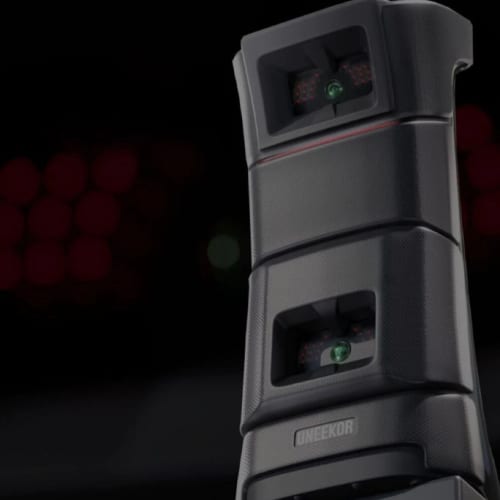
Sensors are used to detect when a player has hit a shot, and a series of images are taken at different points during its trajectory. The Head Measurement Technology measures all aspects of clubhead motion, including the angle of attack, club path, face angle at impact, dynamic loft, and lie angle.
Data analysis is then performed using complex algorithms that calculate spin rate, launch angle, carry distance, total distance, and other relevant parameters. These need to be calculated because, unlike radar units, a camera-based monitor can’t track the ball during the entire flight.
One of the most popular photometric launch monitors is Skytrak, which is relatively affordable but provides accurate data. Other big names in the industry include Foresight Sports (GC3, GCQuad, GCHawk), Trugolf’s Apogee, and Uneekor’s lineup (EYE XO, EYE XO2, QED, EYE MINI).
Wearable Swing Analyzers
Photometric launch monitors provide highly accurate data metrics for golfers, but they can be expensive and require a dedicated space to set up. For those looking for a more affordable and portable option, wearable swing analyzers are a great alternative.
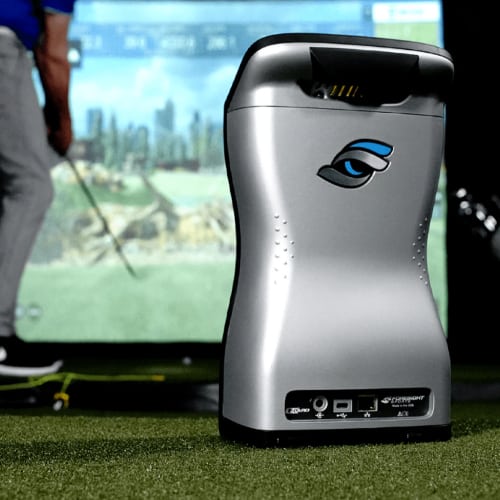
Wearable swing analyzers utilize motion sensors and Bluetooth connectivity to provide real-time data on a golfer’s swing mechanics, including swing speed, swing plane, tempo, angle of attack, and club path. While they may not provide the same level of accuracy or number of data as photometric launch monitors, they still offer convenience and accessibility at a lower cost.
These small devices can be easily attached to your wrist or your club grip to start doing their magic.
Conclusion
In conclusion, golf launch monitors have revolutionized the game of golf by providing players with valuable feedback on their performance. By having access to critical data, players can make informed decisions about how to improve their swings.
With advancements in technology continuing to emerge, we can expect to see even more sophisticated golf launch monitors hitting the market soon.
I highly recommend investing in a quality golf launch monitor to help you reach your full potential as a golfer.
Thanks for reading!

